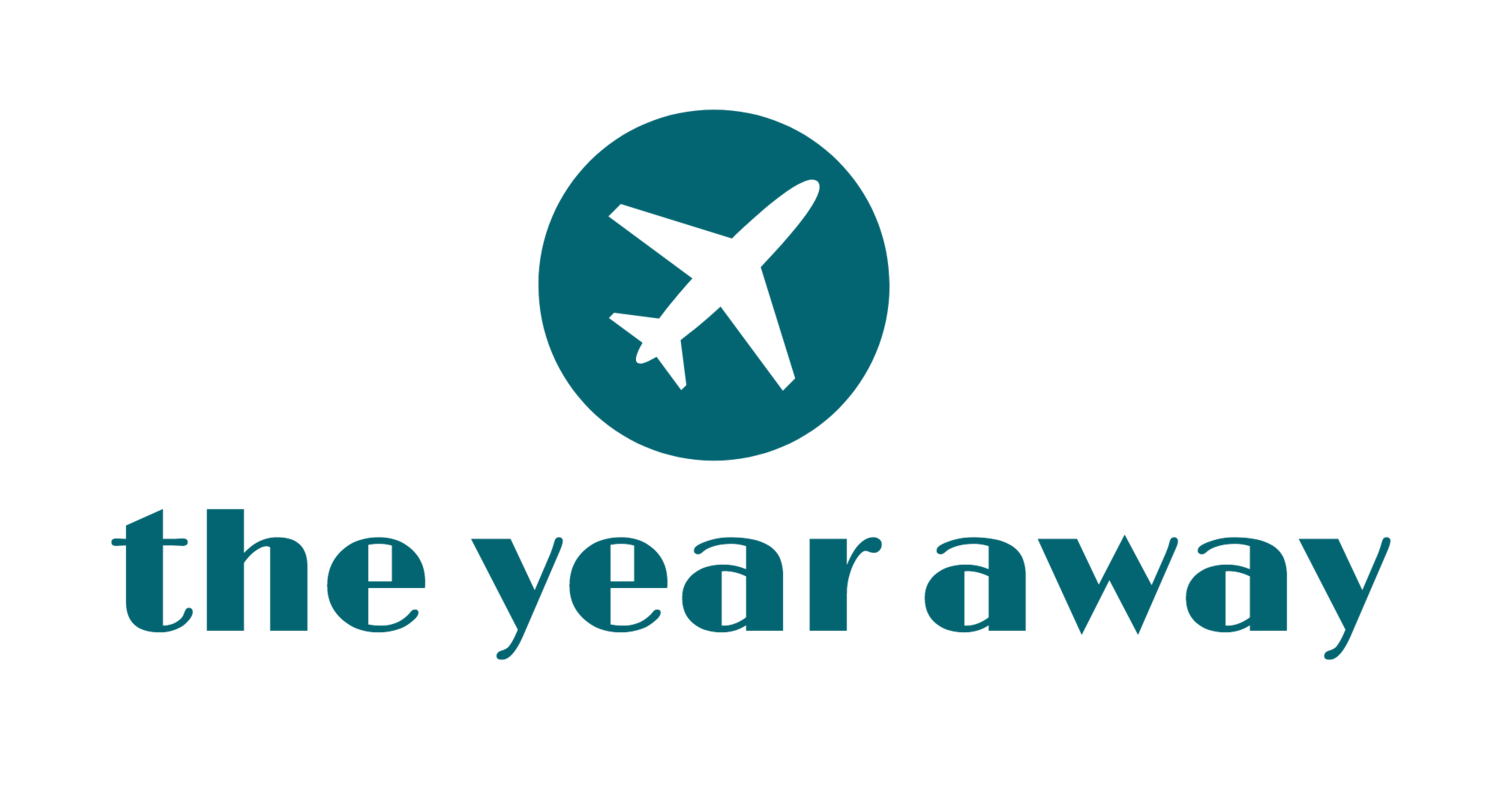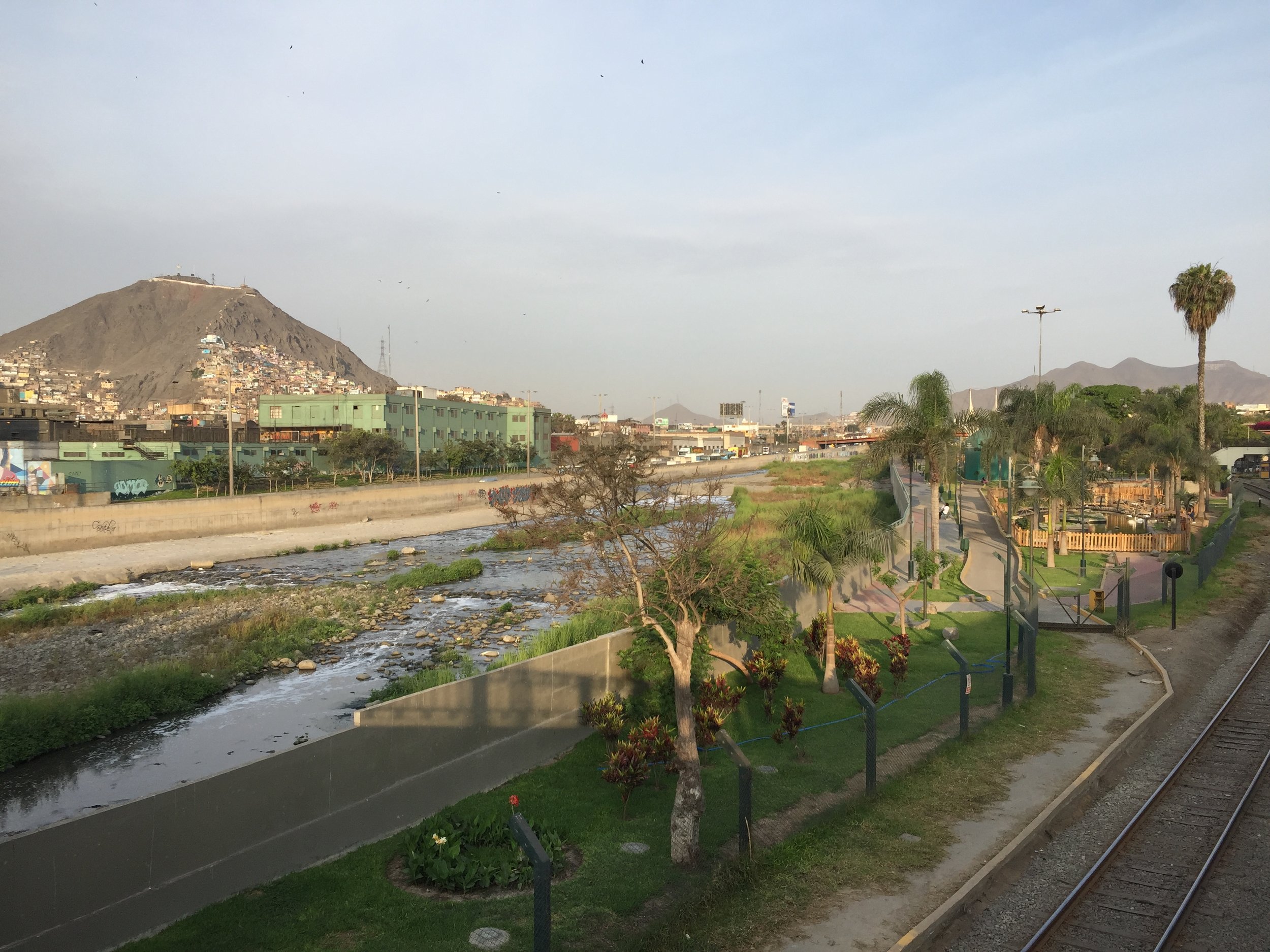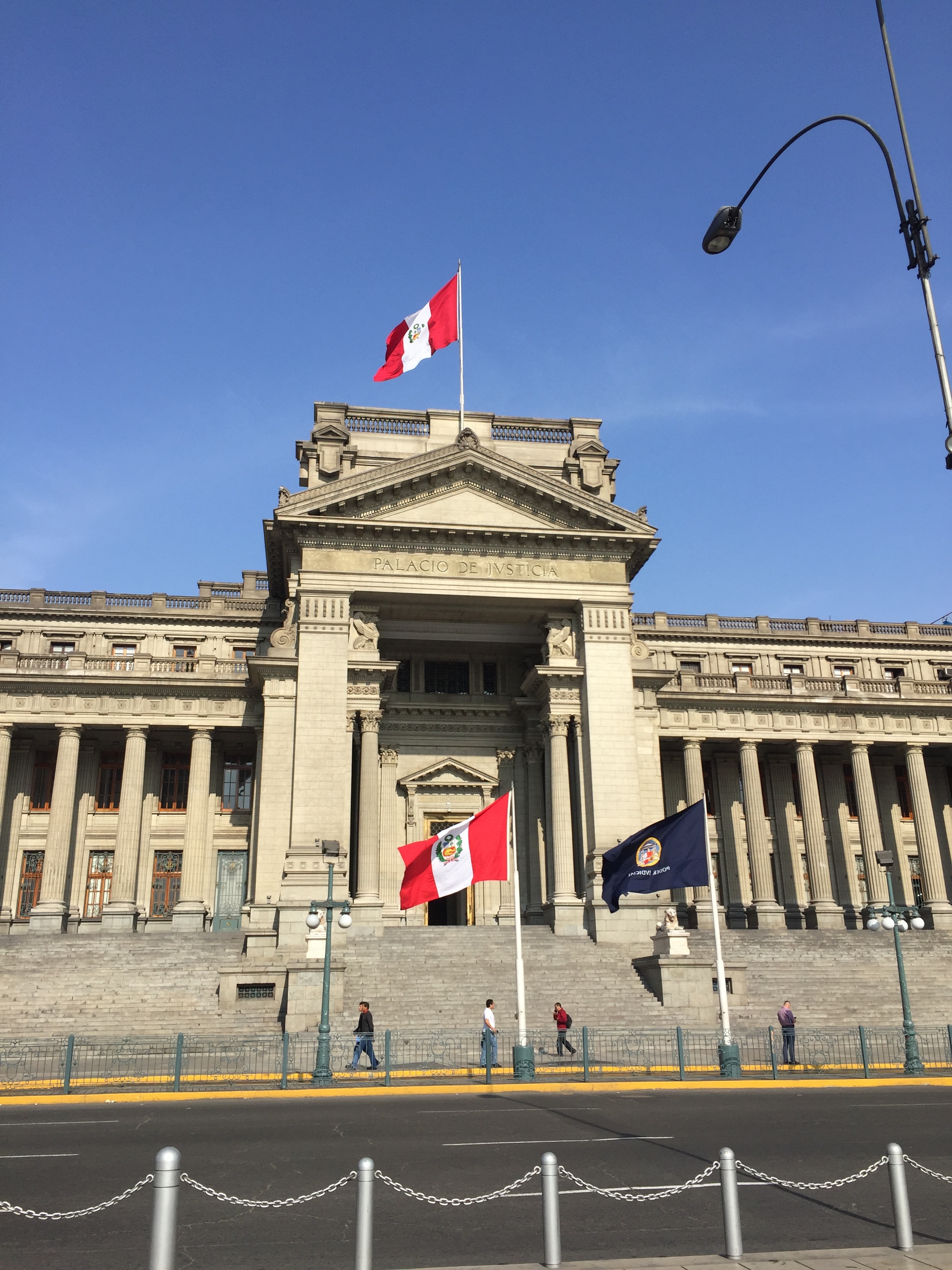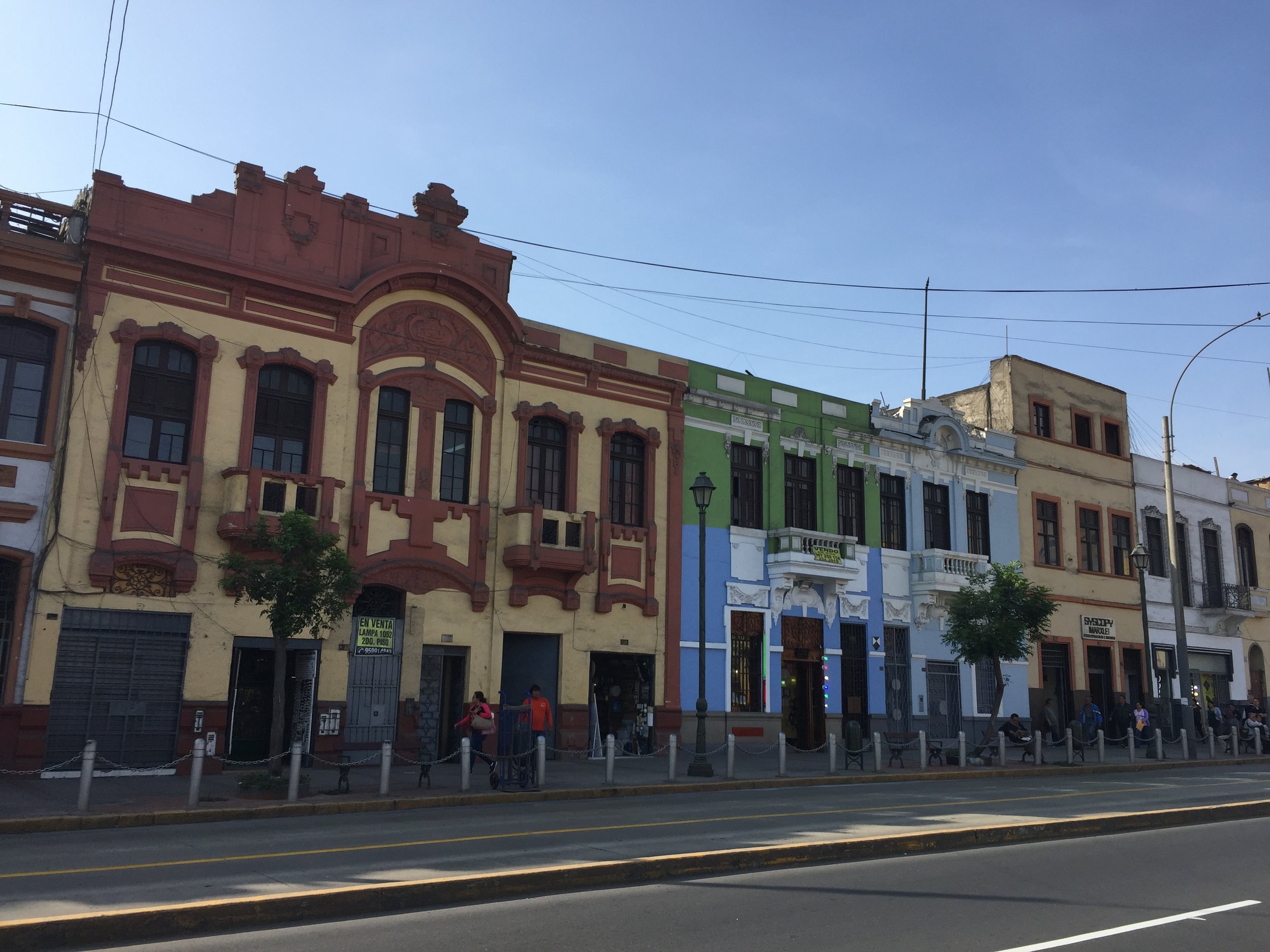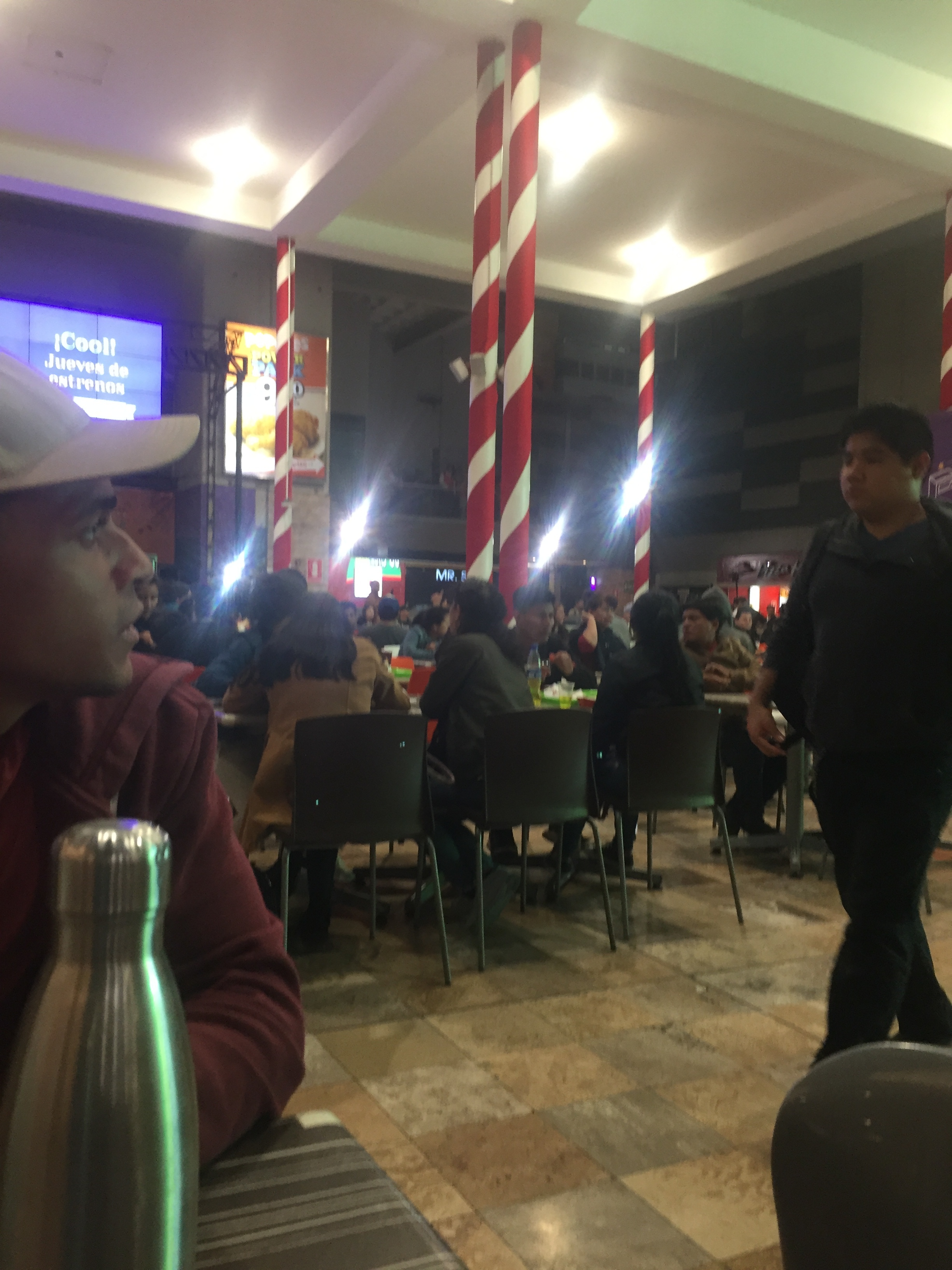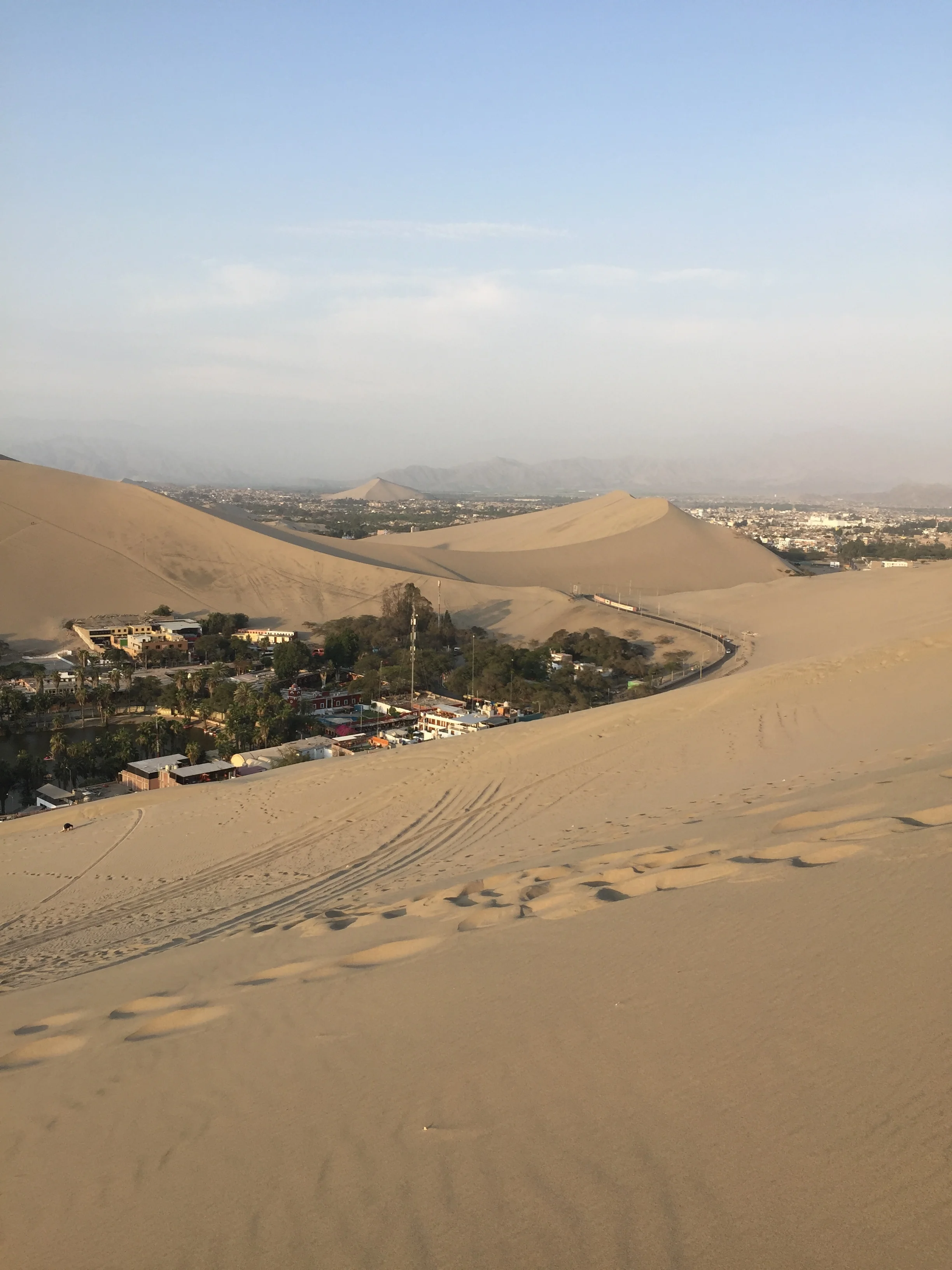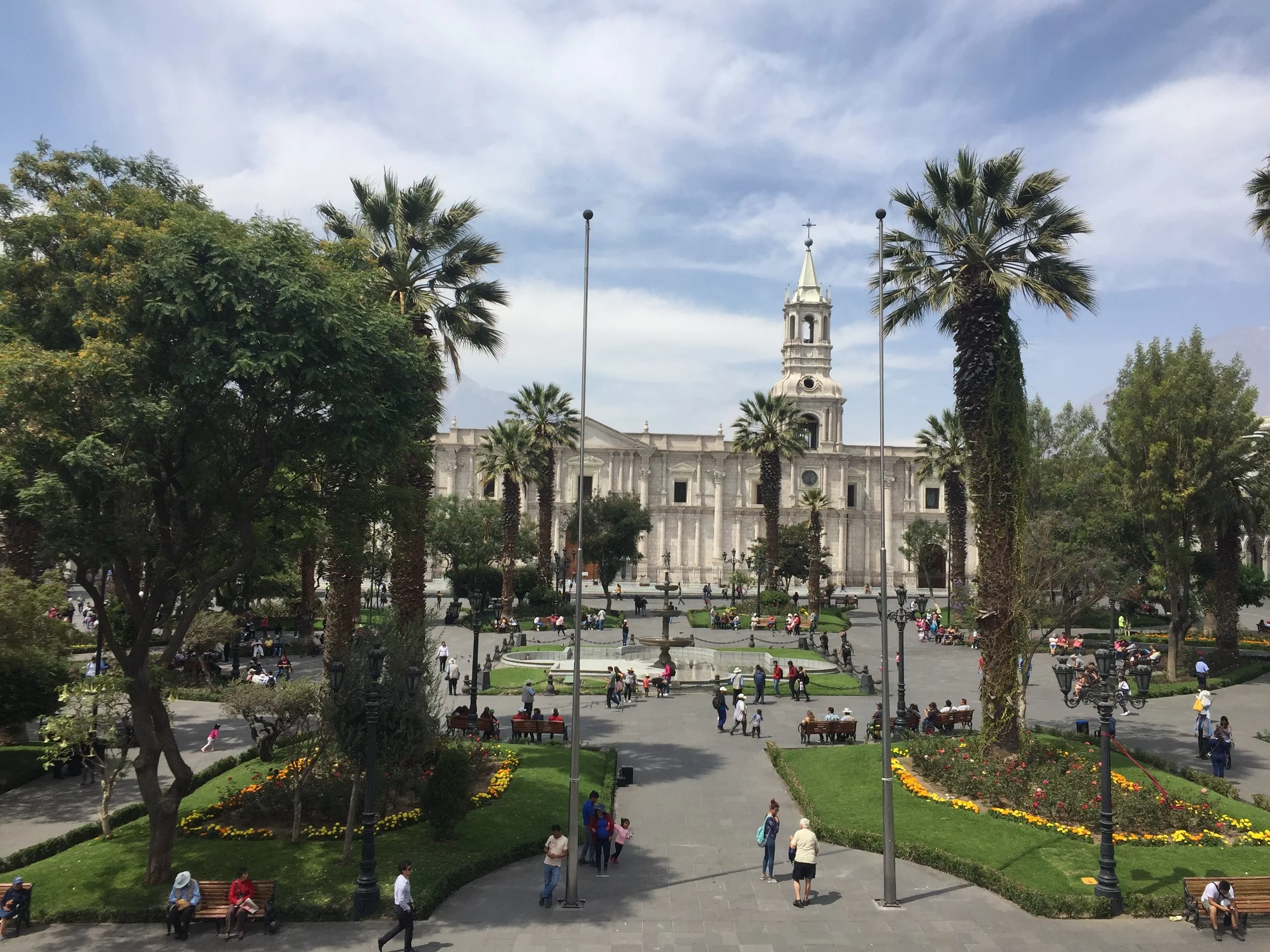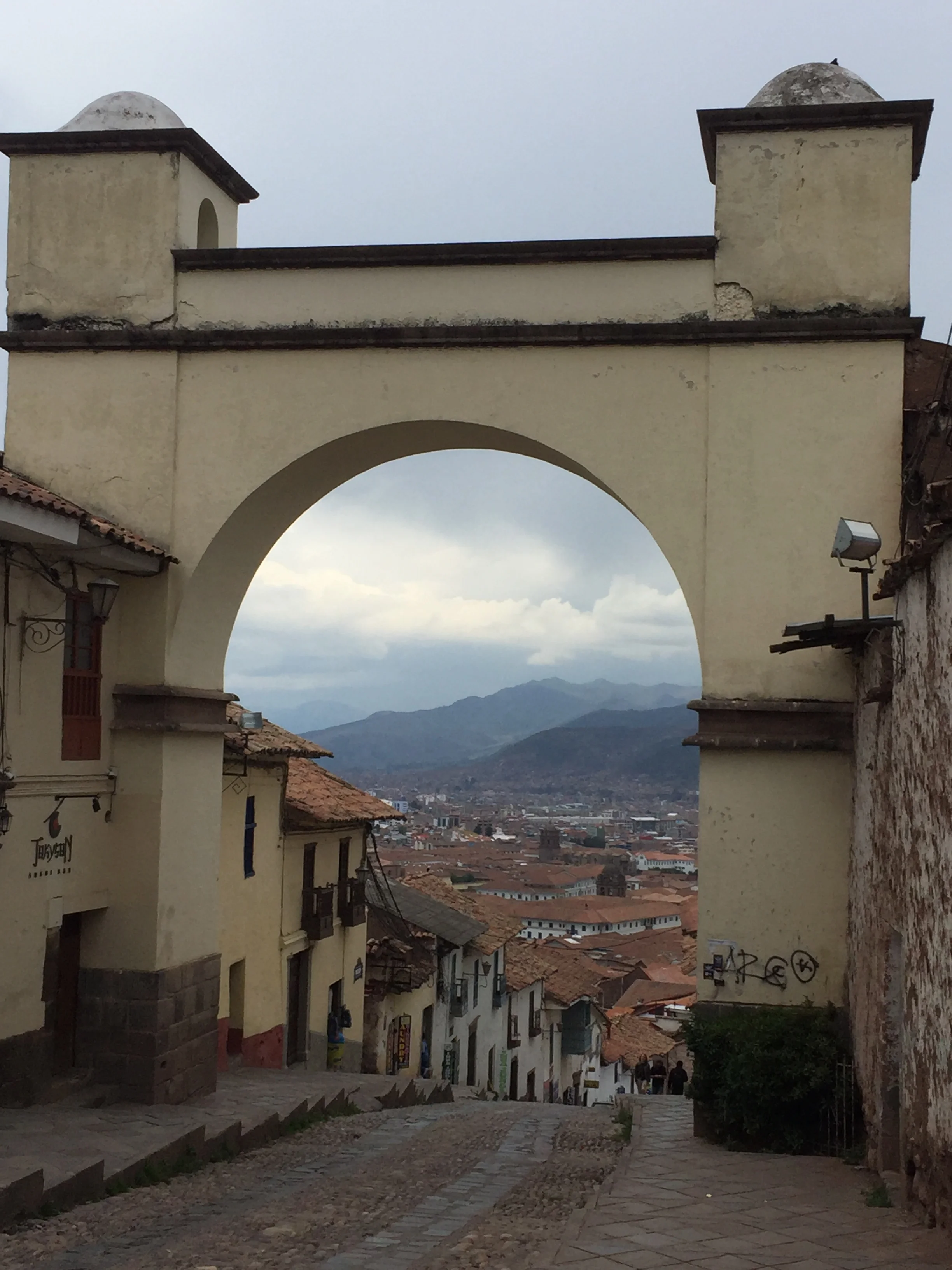Lima: An Introduction to Peru in 24 Hours
Peru was our last real backpacker adventure. The thought was to do it all, get exhausted, and crave home. Think overnight buses, different hostels, stopping in cities for only two days. It was a way of travel we largely avoided this year.
But it was our last hurrah, and we were determined to do Peru justice.
Will and I stayed in Lima for only one night. We had a full three weeks traveling through Southern Peru ahead, and we were eager to get started.
We were staying at the 1900 Backpacker’s Hostel, a recently renovated old mansion in the Historic Center of Lima.
With marble floors and high ceilings, the building itself had a strong French colonial influence.
We decided to do a free walking tour, orchestrated through the hostel that afternoon to learn some history of the city.
But first, lunch. We went to Pardos Chicken, which is admittedly a chain. However, the rotisserie was incredible and Will ranked it as one of the most satisfying meals we’ve enjoyed this year.
We quickly learned, Peru knows how to do chicken. Most popular is pollo a la brasa, a spit-roasted or rotisserie chicken that’s oven-roasted until the skin is crisped.
That afternoon when we showed up for our walking tour, we were the only ones. And so, we had a private tour. Our guide, who worked at the hostel, was originally from Montevideo, so it felt a bit like we had a tour of both cities.
It’s Lima’s colonial architecture that initially draws you in.
The Peruvian colonial style developed over the span of the 16th to 19th century, influenced by the import of European styles.
While many believe that the Spanish takeover had the greatest impact, the indigenous people’s lasting impact is now more widely recognized. The local Andean imagery created a distinct identity for Peruvian architecture.
Along with the colonial presence, another thing you notice when walking around is the ubiquitous smog. It’s the second-driest city capitol in the world. And you can feel it. It’s almost labor intensive to breathe.
Adding to the thick air, is the ubiquitous traffic. Both cars and people. It felt like a stark, far more chaotic, contrast to the clean and orderly Montevideo.
When crossing the street in Lima it is absolutely crucial to make eye contact with the driver. For the most part, pedestrian laws are nonexistent.
We started at the historical center, by the Government Palace, home to the President.
Nearby, the Basilica Cathedral of Lima, in the Plaza de Armas or Plaza Mayor, symbolizes architecture in Lima.
It was constructed in 1535, but since has gone through numerous renovations.
The entire Plaza de Armas is considered an UNESCO World Heritage Site due to the well-preserved colonial architecture.
Since our outing essentially became a personal guided walking tour, to gain a better understanding of Peruvian life, we headed to the markets.
We started at Mercado Central, only a couple of blocks from Plaza de Armas.
The main building is organized by sections of clothing, toys, animal parts, fresh fish. It’s a known fact that the freshest ingredients are sold in the morning, so fish is best purchased before 12 noon.
Personally, I was more enthralled with the bustling streets surrounding the inside market.
The streets were full of folks selling everything from electronics to street food. Antichuchos, or meat on a stick with a boiled potato on the end, was super common. The most popular type? Beef heart.
The neighborhoods change very quickly in Lima. As soon as we headed out of the main market area, it felt like the crowds dispersed.
We checked out the Casa De La Literature, which opened in 1912 as Lima’s first train station. It was a symbol of the infrastructure progress in the early 20th century.
Nearby, was a bridge to a less safe neighborhood, we were told.
We carried on, stopping by a live flamenco show.
The more we explored, the more we found that much of the architecture in Lima varied. Interestingly, some was influenced by Guadi.
The Church of La Recoleta, a bright blue contrast to the familiar yellow buildings, was constructed in 1606.
As the sun set, and our four hour tour winded down, we were very ready for dinner.
We had a crazy early flight that morning, and simply wanted something easy. We basically went across the street to the mall, Real Plaza Centro Civico. The food court had loads of options, but when we went to order right before 8 p.m. we were turned away. I was convinced it was a language barrier. After an unsuccessful back and forth, they took my phone and typed “el personal saldra por siempro,” which Google translated to “the personal ships for the earthquake.” There’s going to be an earthquake?? No, they shook their head exasperated.
When alarms rang out and everyone started to frantically evacuate it dawned on us…it was an earthquake drill.
We stood outside as paramedics carried out dummys on stretchers, reenacting earthquake evacuation procedures. Sirens rang out and the military came to oversee.
The chaotic ordeal lasted less than 30 minutes, but it was a realistic introduction to Lima. Essentially, Peru is situated along the boundary of two tectonic plates, the Nazca Plate and the South American Plate. It’s common practice for the land to literally shake, for a drill on a random Monday evening.
Regardless, Lima is an awesome city. It feels as if it’s going through a revival of sorts, and gaining popularity among travelers as more than a stopover to Machu Picchu. But for us, we had a loaded itinerary ahead, and we were ready to move past the big city.

